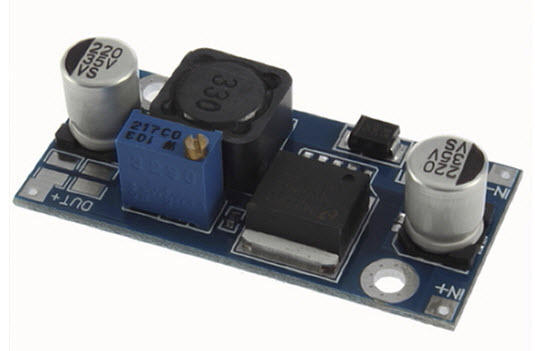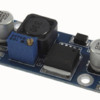I am very appreciative for Dale's & John's participation on the electrical forum. I have learned a lot.
Here is my next project-
I purchased a bunch of the flickering LED tea light candles. Inside the candle is a 1.5 volt and a single flicker LED. I am finishing up a factory in our town that did not have electricity. I want to install 18-22 of these LED's. I was looking for guidance as well as parts I need.
The factory is two floors, and each floor will have 9-11 LEDs mounted in the ceiling out of sight. I will flat top them to broaden the light pattern some. I want to hide the individual LED's behind some beams. My intent is that this building will look like it is lit with lanterns, and not on fire. ![]()
Here is what I am working with so far-
I want to power these with 9-12 volts dc at the end of the day.
Thanks in advance-







